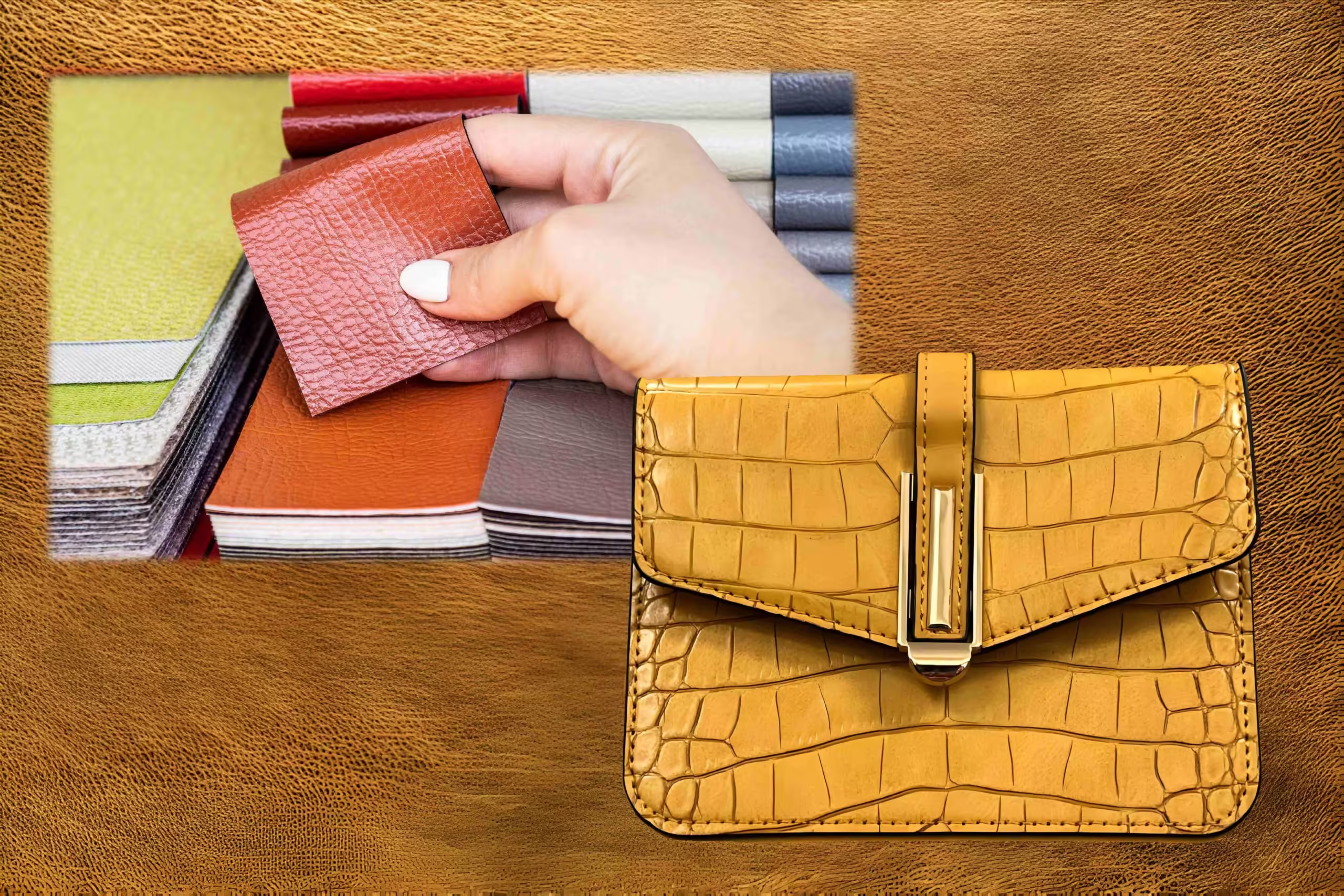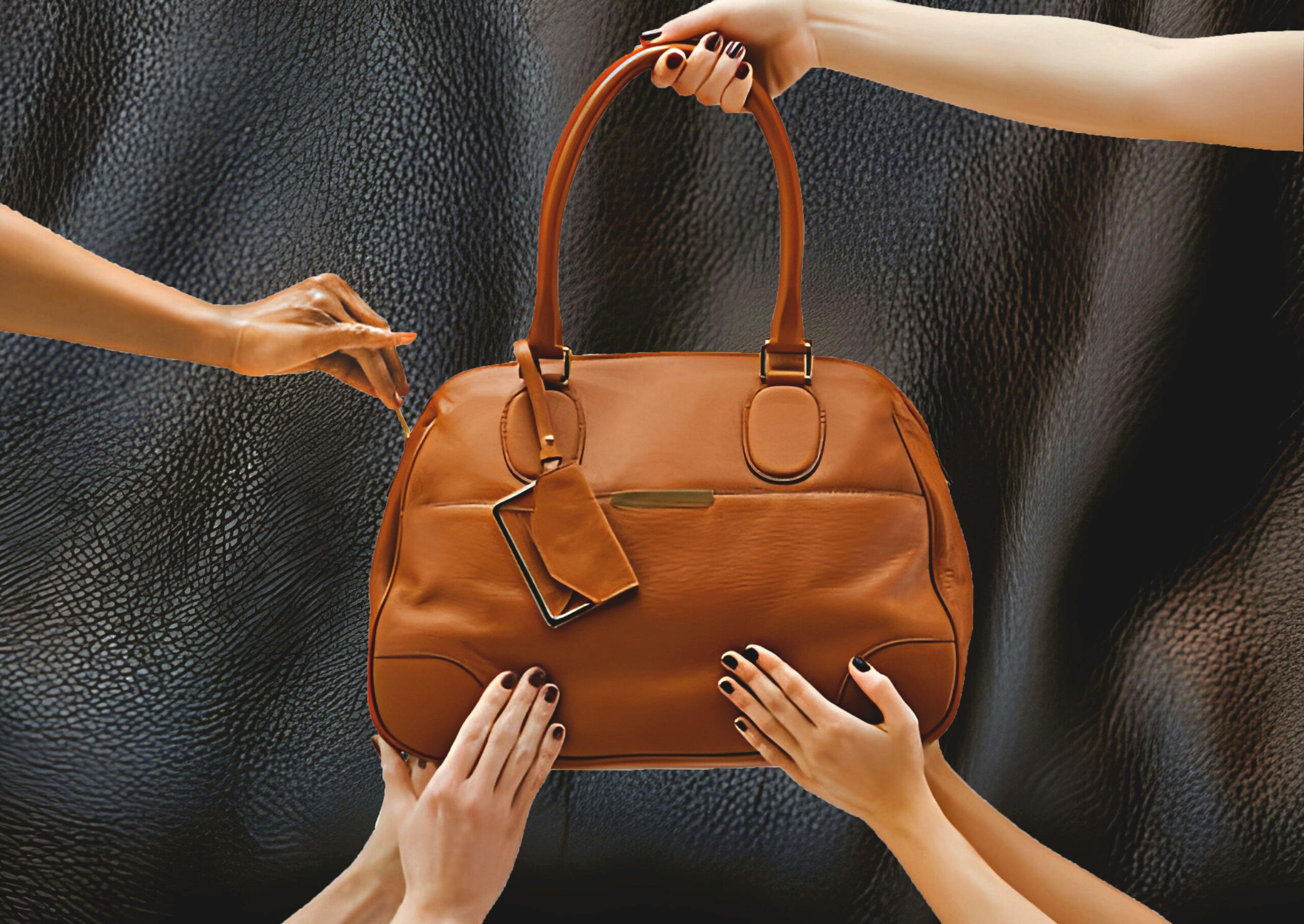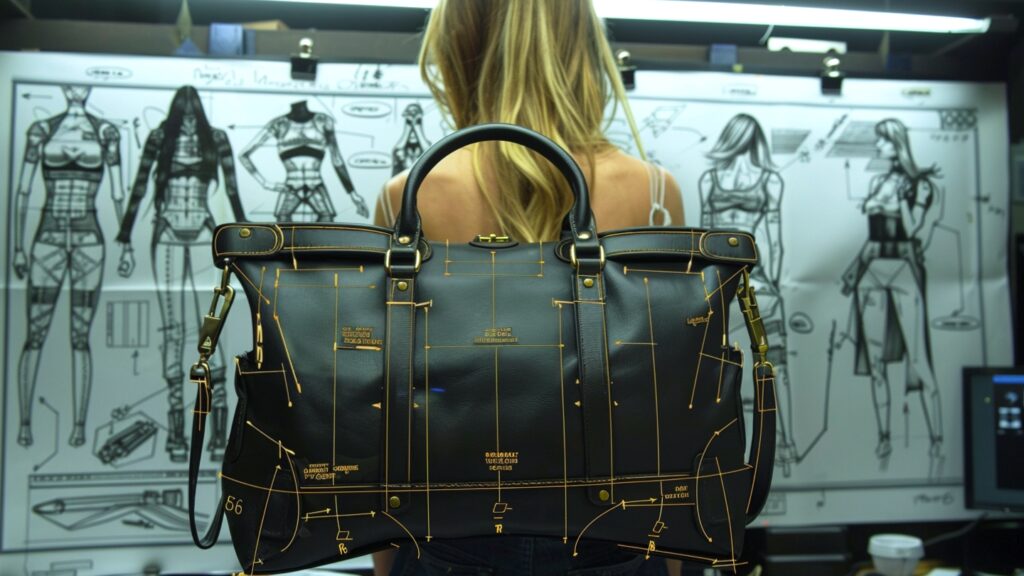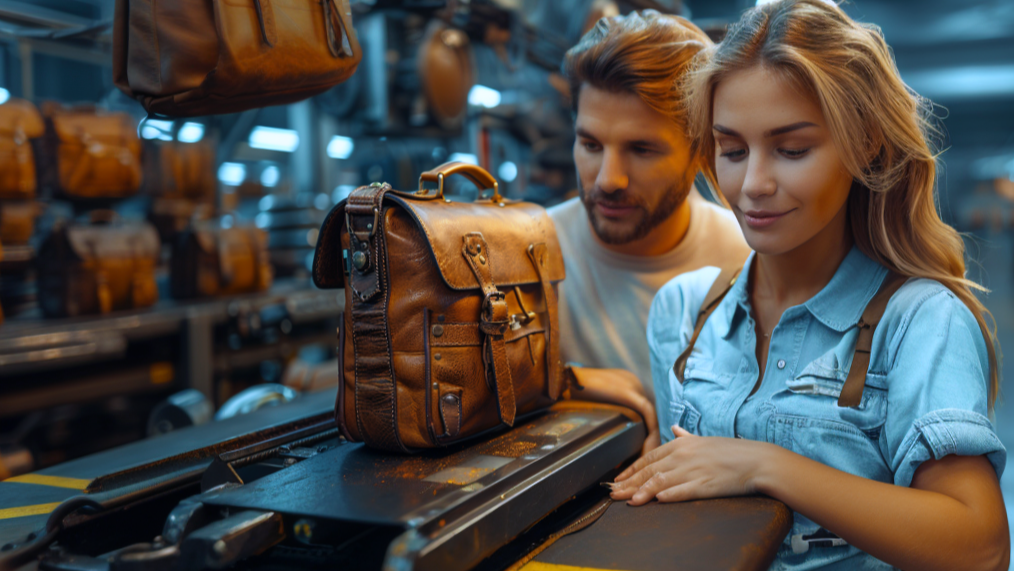Leather has been a cornerstone in the world of handbag making for centuries, revered for its durability, elegance, and steady appeal. As fashion evolves, leather continues to face competition from synthetic fabrics and plant-based alternatives, yet it remains an iconic material. The enduring value and trends of leather in fashionable handbag craftsmanship testifies its future in a rapidly changing market.
Leather Legacy in Handbag Craftsmanship
Leather’s use in handbag making dates back to ancient times, where it was valued for its strength and versatility. Unlike synthetic materials, leather develops a unique sheen over time, beautifying its feel-touch and optic. This aging process is unmatched by other materials, making leather handbags not just accessories but cherished heritage.
The natural properties of leather, such as its flexibility, breathability, and resistance to wear, have made it the preferred choice for artisans. Leather’s ability to be molded and shaped allows for a wide range of designs, from trendy totes to slouchy hobo bags to sleek purses. Its ensured that a well-made leather handbag can last for decades.
A high-quality leather has a typical musky scent, is often smooth or textured, reminiscent of a natural touch, which exudes a sense of luxury and authenticity, unlike the harsh or other chemical odors associated with lower-quality or synthetic substitutes.
Contrary to the assertions of some animal welfare organizations, leather is primarily a by-product of the meat industry, where skins are re-purposed rather than discarded. The production of leather does not necessitate the purposeful killing of livestock animals, but rather utilizes the residual materials from industries already in place.
This sustainable approach to utilize a natural and fully bio-degradable resource has been in place for thousands of years. Over centuries as science developed, techniques of making leather unperishable, fashionable and deriving products from it evolved.
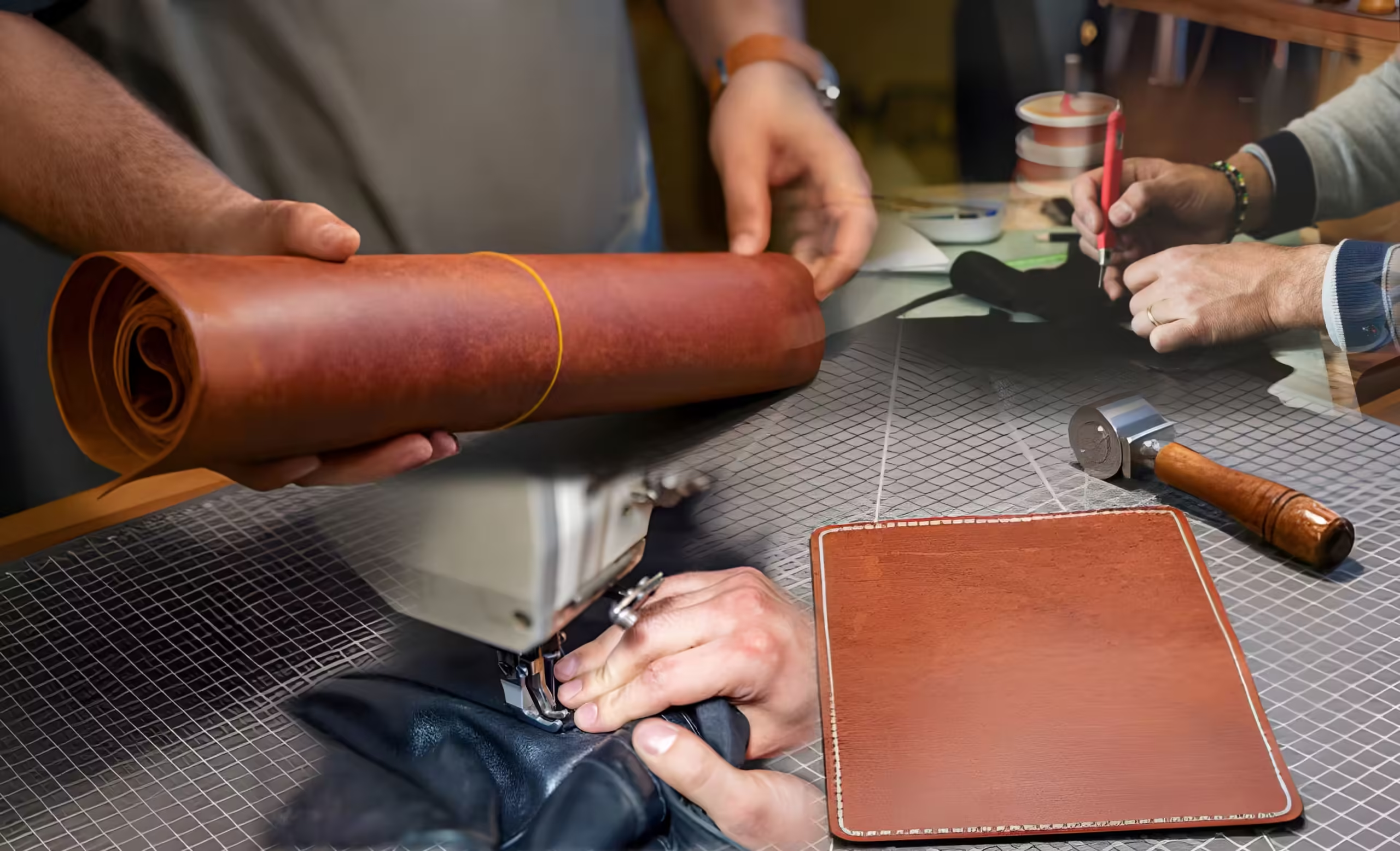
The Rise of Synthetic Fabrics and Plant-Based Alternatives
In recent years, the handbag industry has seen a surge in the use of synthetic fabrics, primarily petroleum-based, and plant-based “vegan” leathers. These alternatives are often marketed as more sustainable and cruelty-free options, appealing to environmentally conscious consumers. However, they come with their own set of challenges.
Synthetic leathers, while affordable and widely available, often lack the longevity and breathability of genuine leather. They tend to wear out more quickly, leading to more frequent replacements and potentially contributing to environmental waste. On the other hand, plant-based leathers, made from materials like pineapple leaves, apple peels, or mushrooms, offer a more eco-friendly alternatives.
However, these materials are still in their infancy. As compared to leather, their physical and chemical characters are questionable, with a significant bulk scalability concerns. These alternatives, often more affordable, lack the durability and trustworthiness that genuine leather provides. These cheaper materials tend to wear out quickly, compromising the quality and lifespan of the product, making them less reliable for long-term use.
As the market for these alternatives grows, so does the debate over their true sustainability. The production of synthetic leathers, for instance, involves chemicals and processes that are harmful to the environment. While plant-based leathers show promise, they have yet to prove they can match the performance and lifespan of traditional leather.
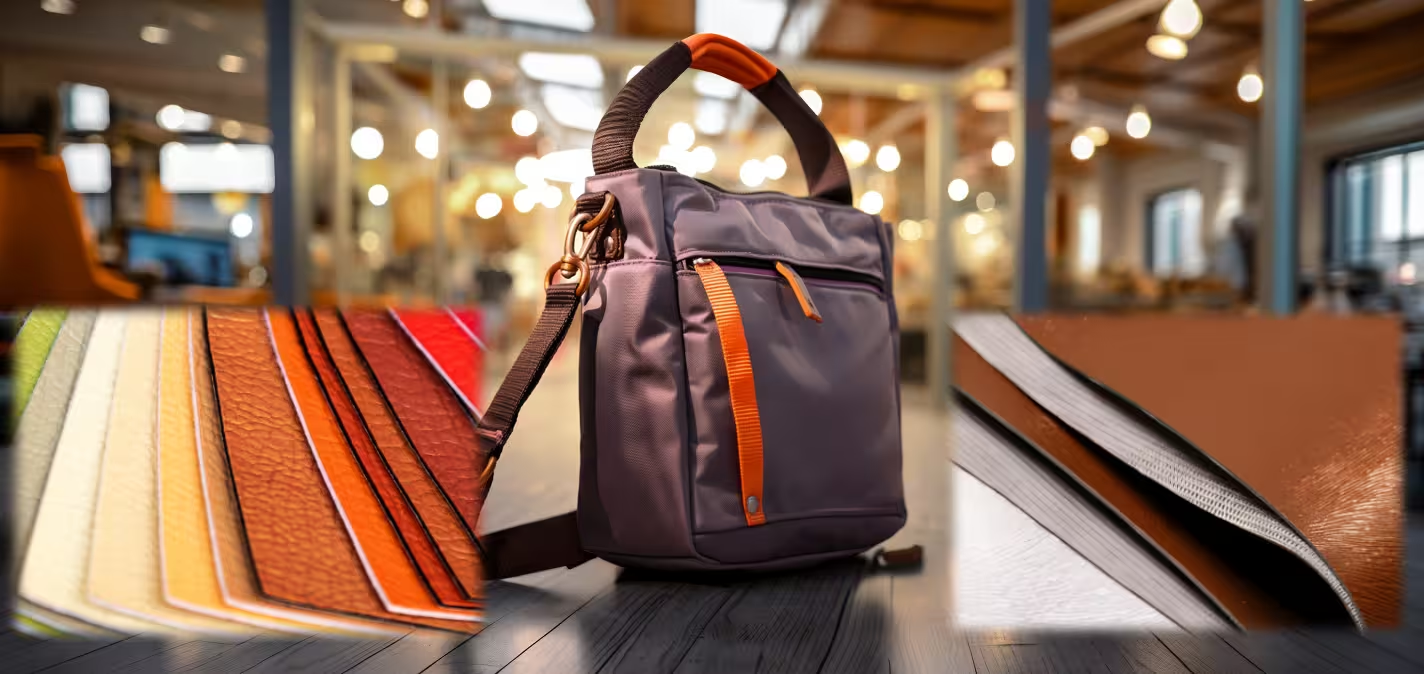
The Future of Leather in a Competitive Market
Despite the competition, leather is likely to retain its place in the handbag business. Brands and consumers value the heritage and craftsmanship associated with real genuine leather goods. However, the industry must adapt to remain relevant. Innovations in leather processing, such as more sustainable tanning methods, like plant based tanning, are helping to reduce the environmental impact of leather production.
Furthermore, the growing trend of “slow fashion” – a movement towards buying fewer, higher-quality items plays to leather’s strengths. Consumers are increasingly looking for products that offer longevity and outstanding style, material qualities that leather inherently possesses.
To finish-off, the future of leather in handbag making remains inevitably evergreen. Due to durability, visual & touch appeal with a warm aroma, subtle earthy undertones, and eco-friendliness, fortifies that leather will sustain to always be a favored material for insightful consumers.
As the industry evolves, leather will find new ways to coexist with these new emerging materials, blending tradition with innovation to meet the demands of a changing market.
